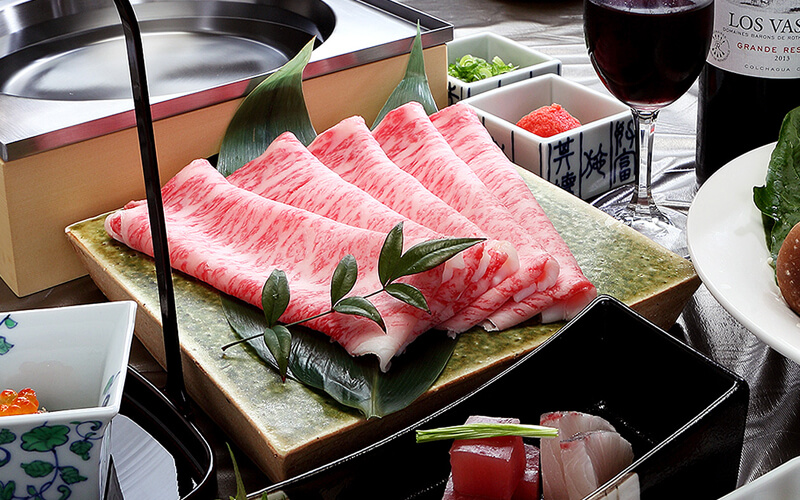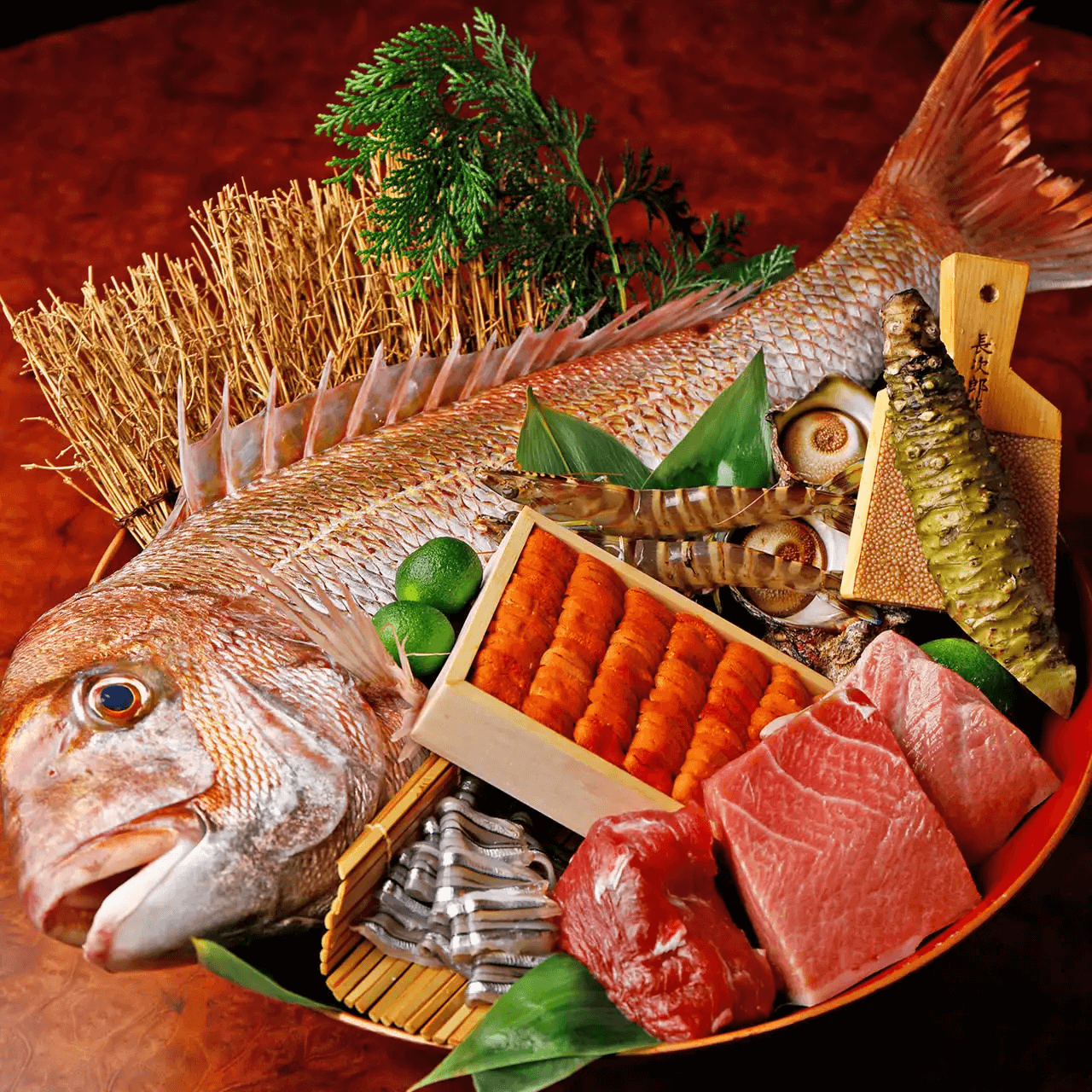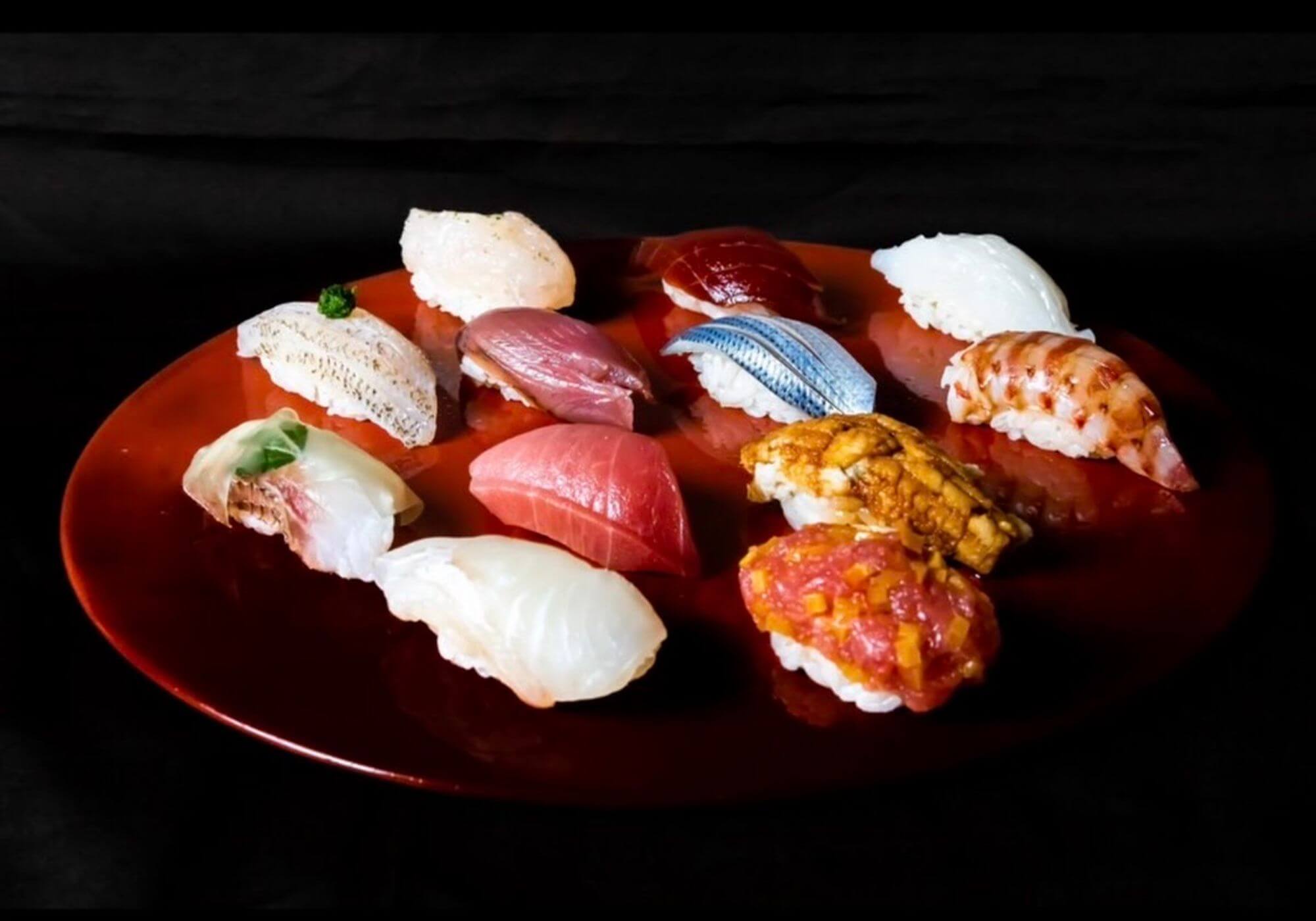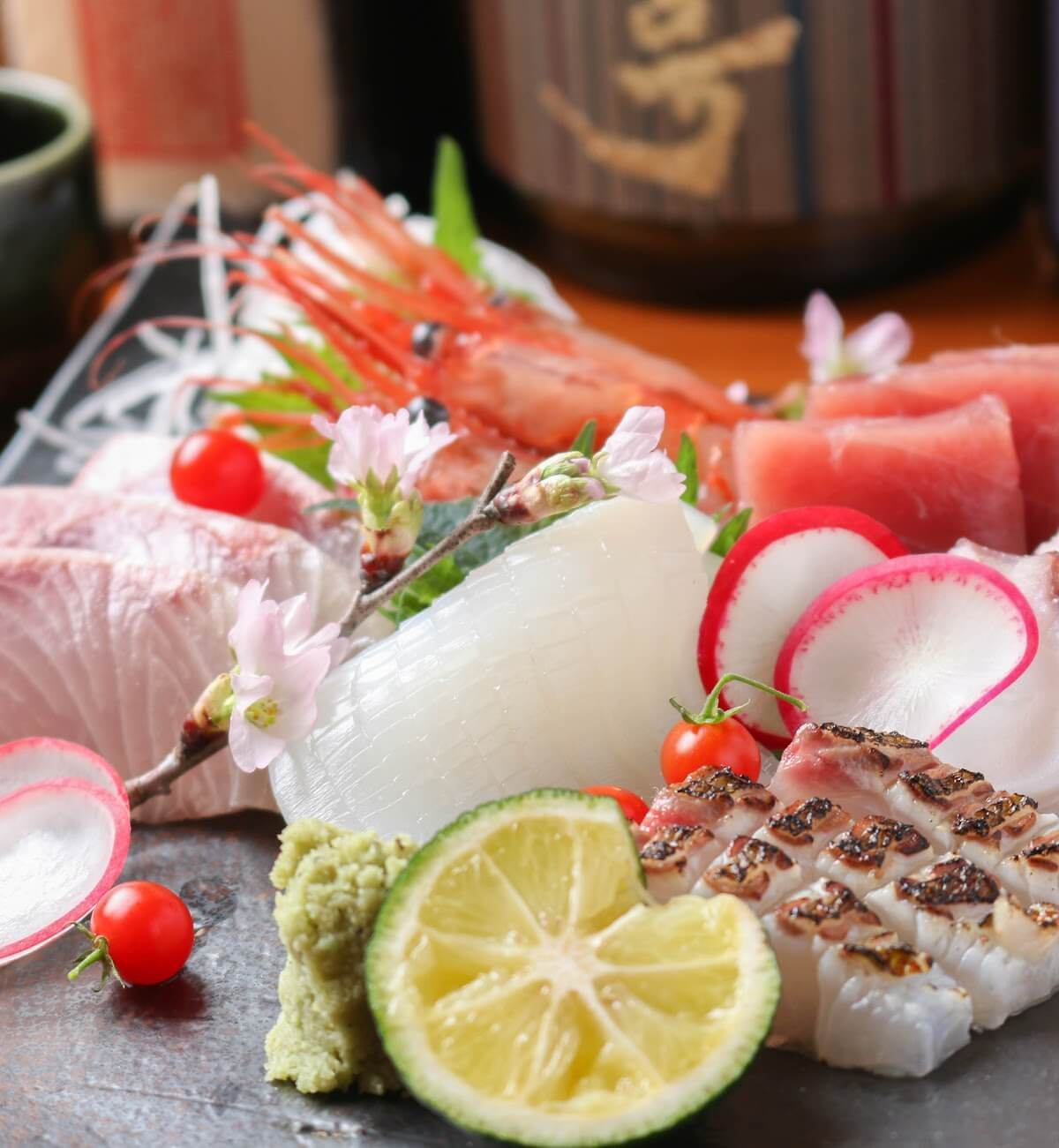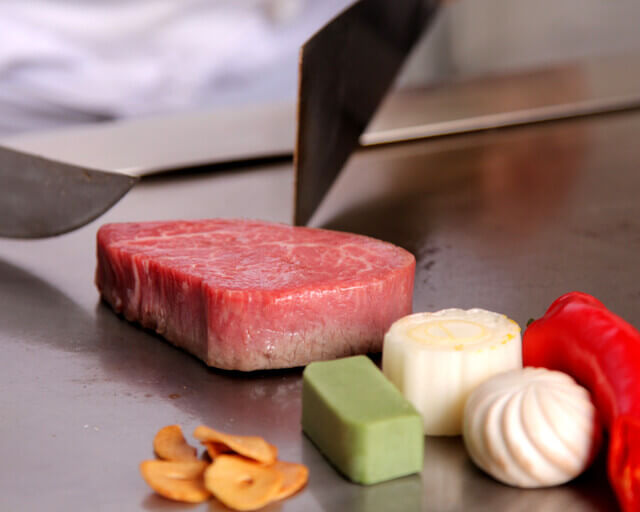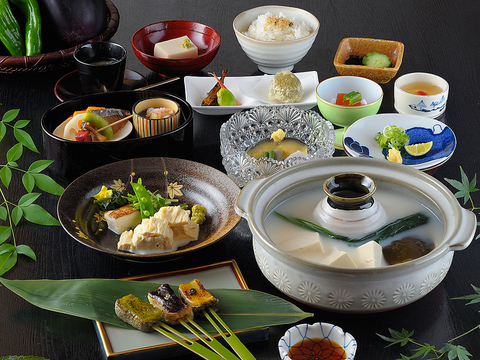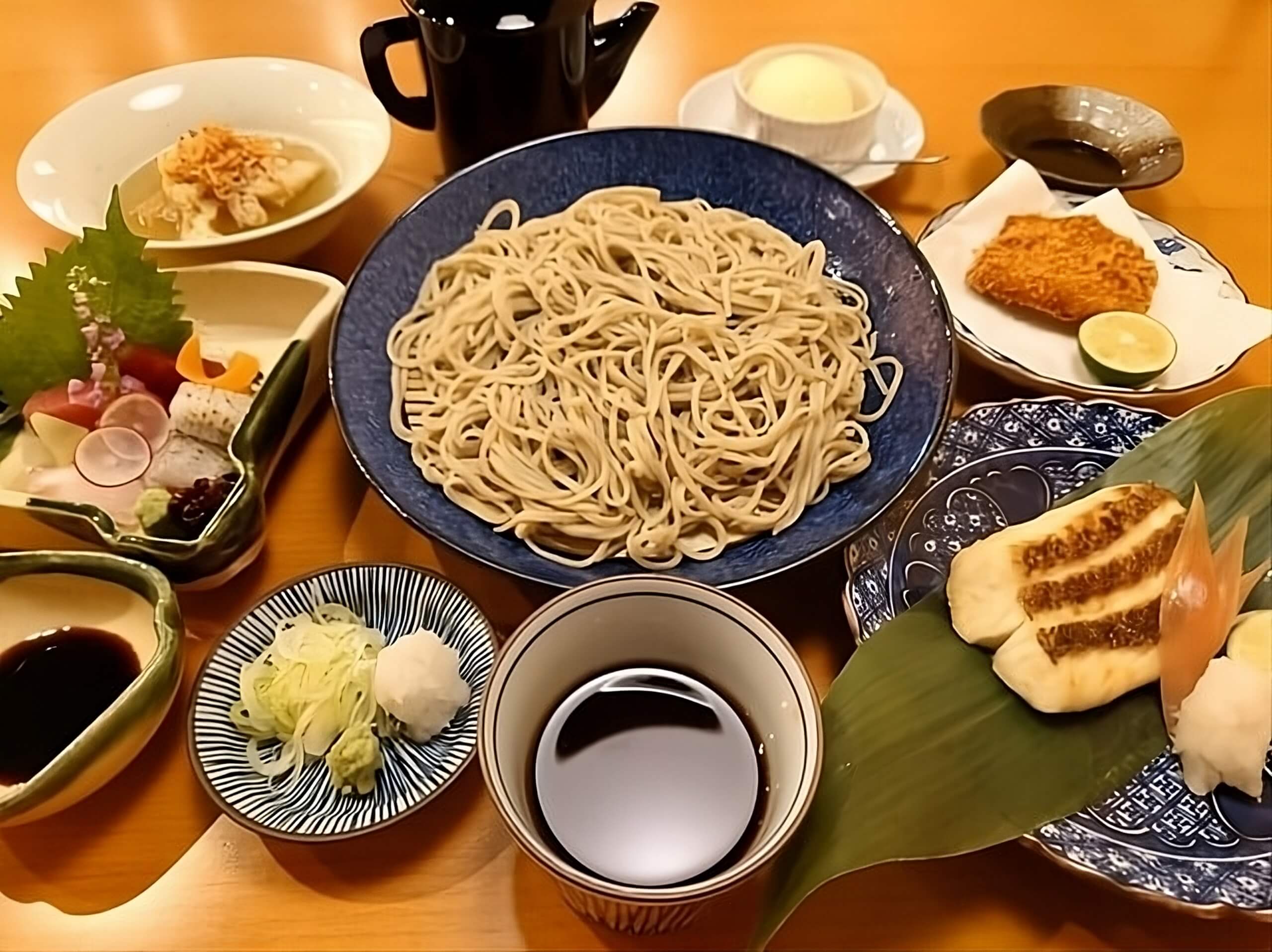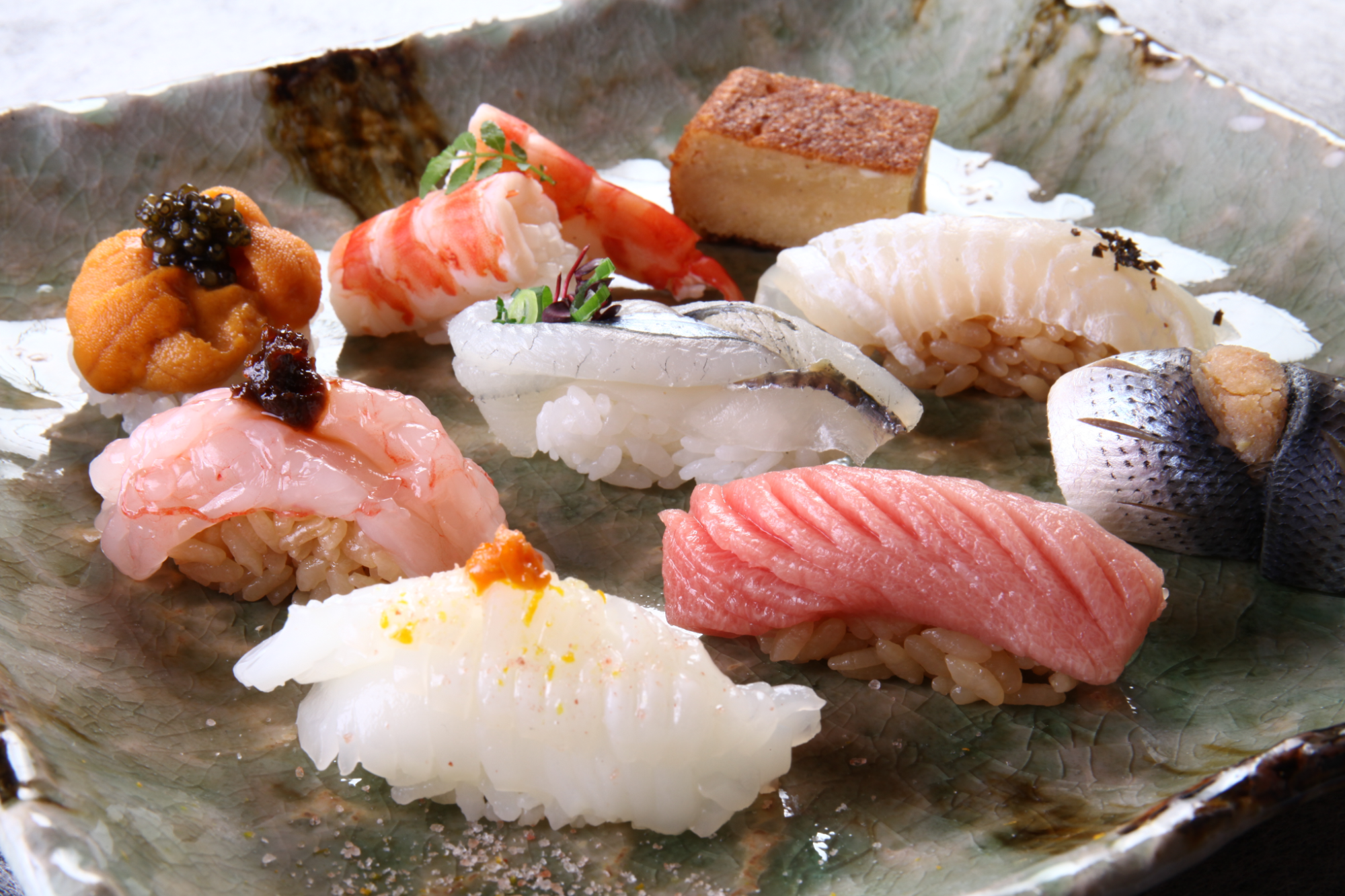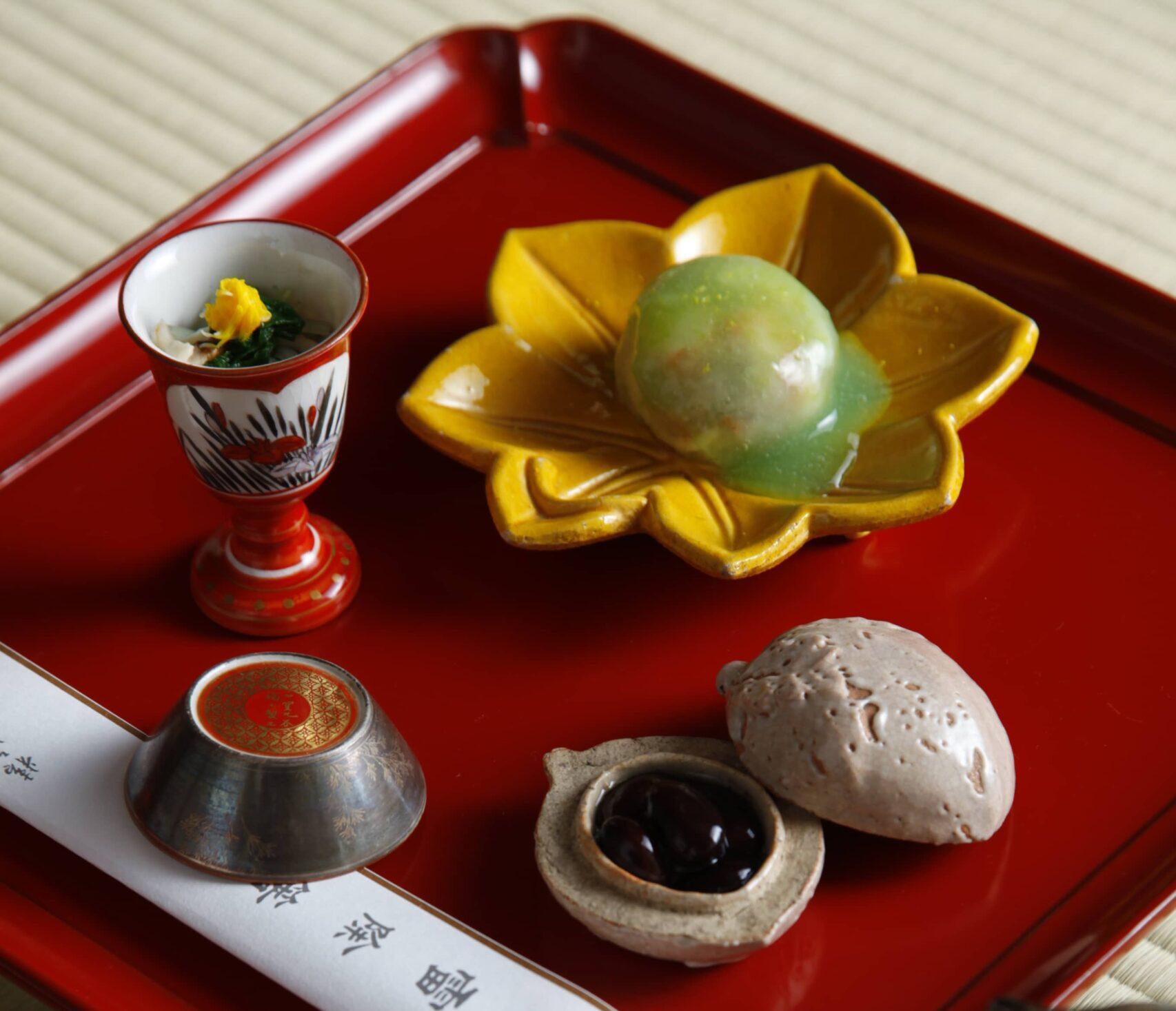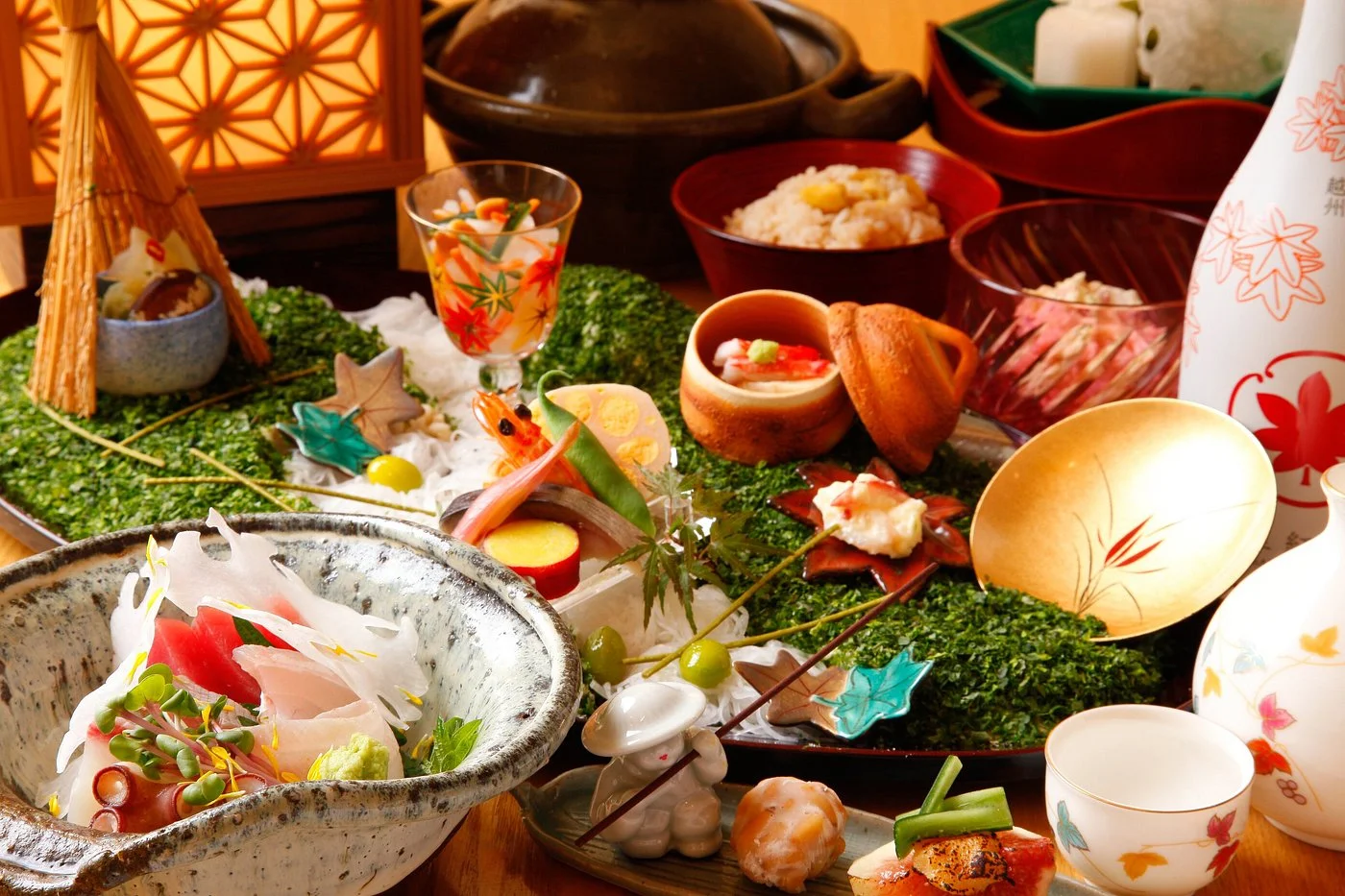You’ve likely heard a lot about the famous cherry blossoms in Japan, but what did you know that Japan is also famous for its wisteria? Japanese locals adore the flower, but it’s still a hidden gem when it comes to foreign visitors.
In Japanese, wisteria is known as fuji (藤). Japan is home to many wisteria trees (or rather vines), cultivated on trellises or formed into tunnels. Regardless of how they’re displayed, walking through a garden filled with fragrant purple wisterias is an ethereal experience!
So where can you find the best places to view wisteria in Kyoto City, Japan? From a former Kyoto Palace to centuries-old shrines, the we’ve put together a list of the best places in Kyoto to enjoy beautiful wisteria flowers.
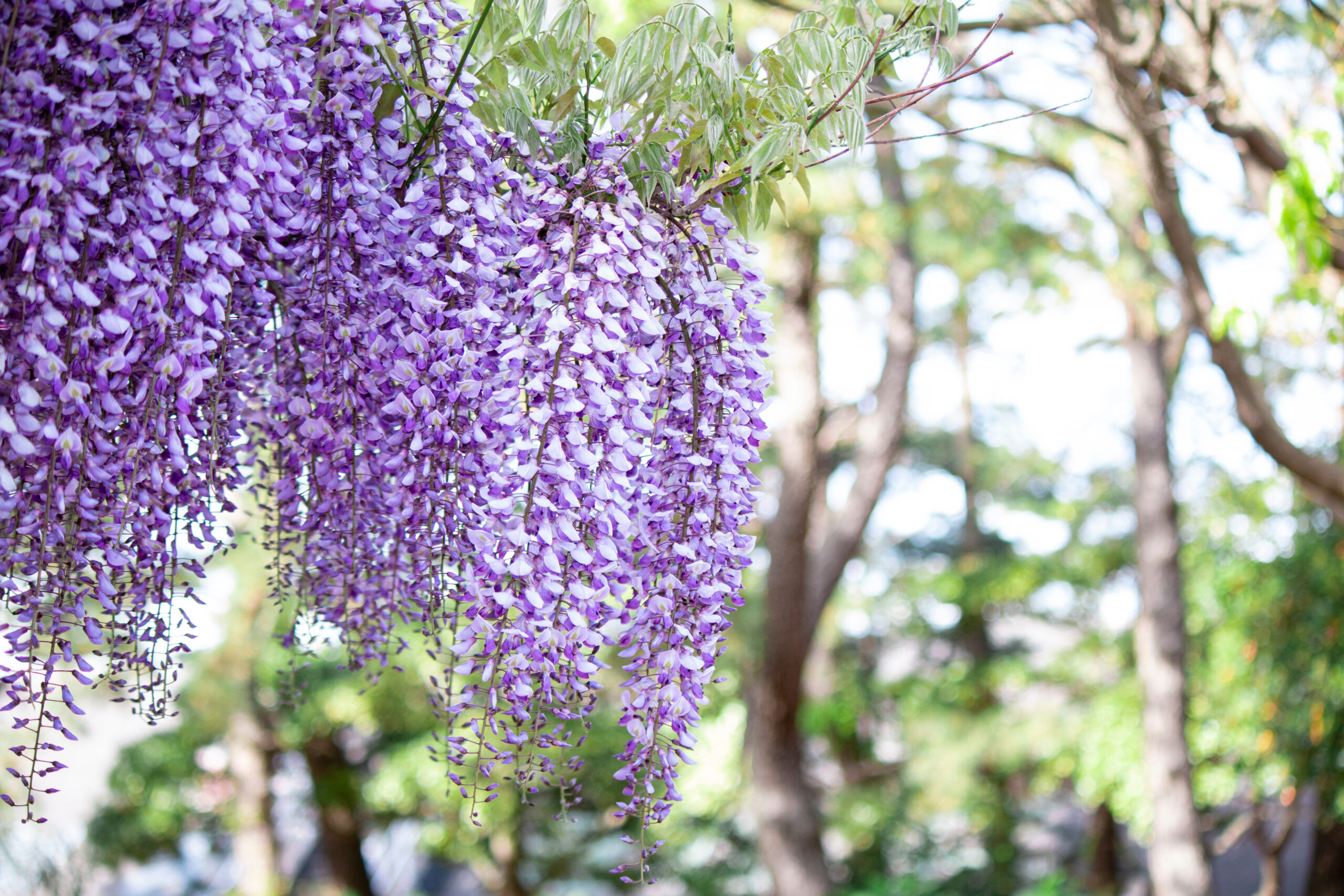
So when is the best time to visit Japan to view wisteria?
Wisteria season in Japan is generally from mid-April to mid-May. However, for the best views, we recommend visiting late April to early May, as the flowers are still growing and tend to be shorter in April.
In addition, as wisteria season closely follows after the cherry blossom season, it can be a great alternative to the busier cherry blossom season if you’re looking to visit Japan in 2025. If you’re planning a longer trip, you can potentially experience both cherry blossoms and wisteria during your time in Japan.
See our recommended accommodation in Kyoto : MACHIYA RESIDENCE INN KYOTO
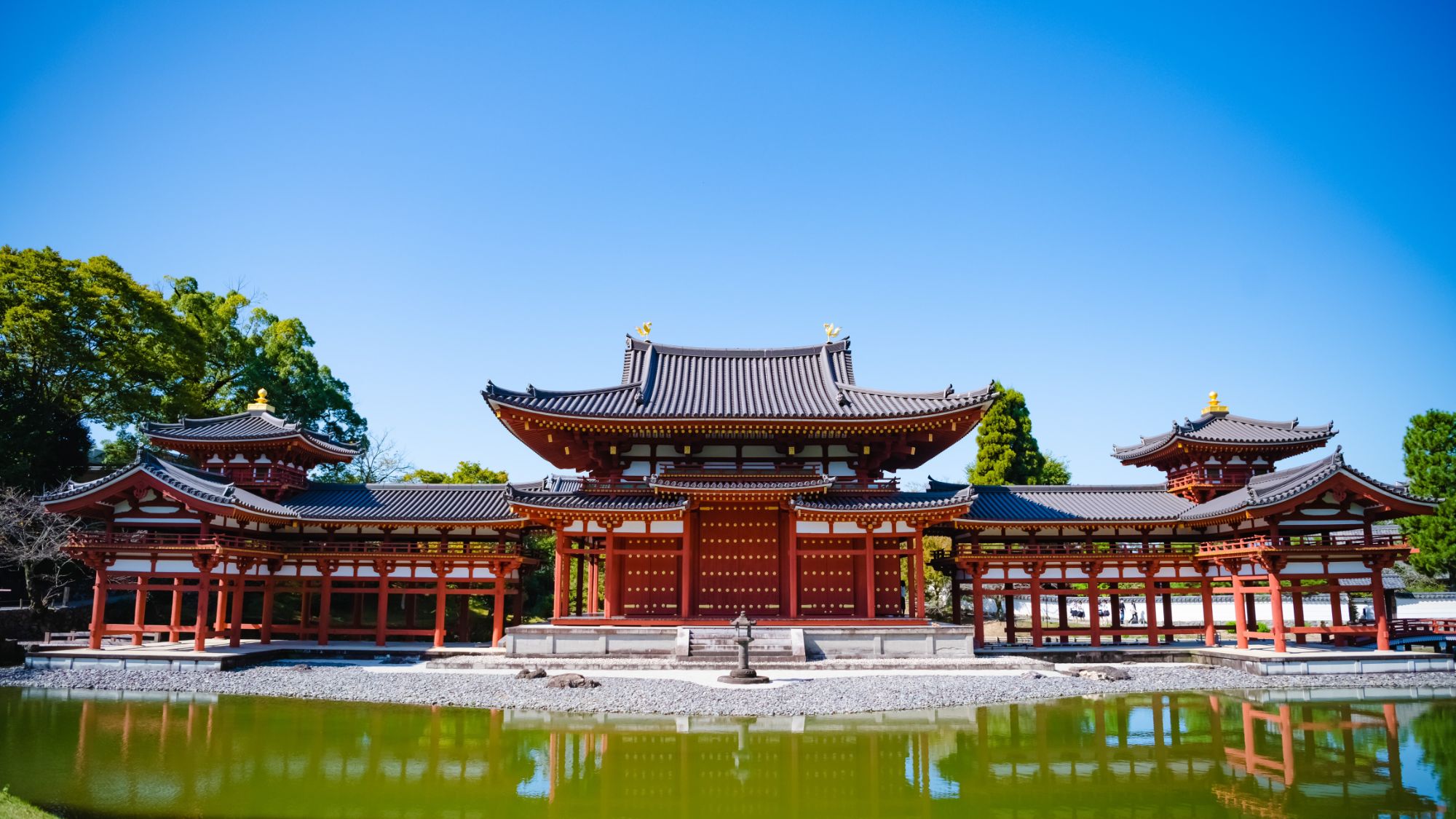
Byōdō-in Temple is in the southeastern side of Kyoto City. It’s a beautiful temple that is easy to access; being just a 10-minute walk from both the Keihan Uji Station and JR Uji Station.
The Byōdō-in Temple is known for its Buddhist Pure Land (Jodo) architecture. This architectural style is most clearly seen in the main Phoenix Hall, a striking building that is so iconic it’s on the Japanese 10 Yen coin!
While many people also visit Byōdō-in Temple in search of both cherry blossoms and autumn leaves, the temple is actually most famous for its wisteria flowers. The wisteria grows in several places, including on a large 400m2 trellis.
Not only is the building itself magnificent, with golden phoenixes on the roof, but it’s especially gorgeous when seen through a curtain of cascading wisterias. Part of the fun of visiting during wisteria season finding the best place or angle for a photo. Be sure to include a 10 Yen coin in the photo!
| Byōdō-in Temple | |
|---|---|
| Japanese Name | 平等院 |
| Address | Renge-116 Uji, Kyoto 611-0021 |
| Google Map | https://maps.app.goo.gl/SRJeCi5tnjvcFLzX6 |
The Kyoto Sentō Imperial Palace (Sentō Gosho) once stood across from the Kyoto Imperial Palace as a secondary palace complex.
Though it was destroyed in a fire in 1854 and never rebuilt, the palace grounds still showcases one of Kyoto’s top gardens. There are also two teahouses that also survived, and while visitors are not allowed to enter them, you are able to admire the interior from afar. The main attractions at the Kyoto Sentō Imperial Palace are two ponds that feature several small islands and bridges. One of the bridges, known as the Yatsuhashi Bridge, is where you’ll find a stunning wisteria trellis.
Sentō Gosho is a 15-minute walk from Marutamachi Station, on the Subway Karasuma Line. To enter the garden, you need to join a (free) tour. You can reserve a spot either online or in person at the office in Kyoto Imperial Park, but they also have a limited amount of same-day tickets available. We highly recommend making sure you have a reservation before hand. It’s a roughly one-hour tour that is conducted in Japanese, but there are also audio guides available in other languages.
| Kyoto Sento Imperial Palace | |
|---|---|
| Japanese Name | 京都仙洞 御所 |
| Address | Kyotogyoen, Kamigyo Ward, Kyoto, 602-0881 |
| Google Map | https://maps.app.goo.gl/LFGKjn9e87BfA6Gx7 |
On the grounds of Saiin Kasuga Jinja Shrine, you’ll find an expansive area of wisterias, some of which were actually gifted by the Kyoto Imperial Palace. The shrine hosts a wisteria festival every year on April 29th. As this is a smaller shrine, the festival is rather calm, allowing you to bask peacefully in the beauty of each wisteria tree. (If you are interested in finding out more on festivals in Japan, check out our post about our favorite Japanese festivals!)
Saiin Kasuga Jinja is a very old shrine, founded in 833, that has long been treasured by Kyoto locals. Visitors to the shrine pray for protection and recovery from illness, due to the fact that in the past, an emperor’s daughter was cured of smallpox after she praying at the shrine.
It’s also common to come here to pray for protection before driving or traveling. Consider stopping by before your return trip! It’s free to visit and just a 3-minute walk from Hankyu Saiin Station.
| Saiin Kasuga-jinja Shrine | |
|---|---|
| Japanese Name | 西院春日神社 |
| Address | 61 Saiinkasugacho, Ukyo Ward, Kyoto, 615-0015 |
| Google Map | https://maps.app.goo.gl/QxxWjb8qBMajybwq5 |
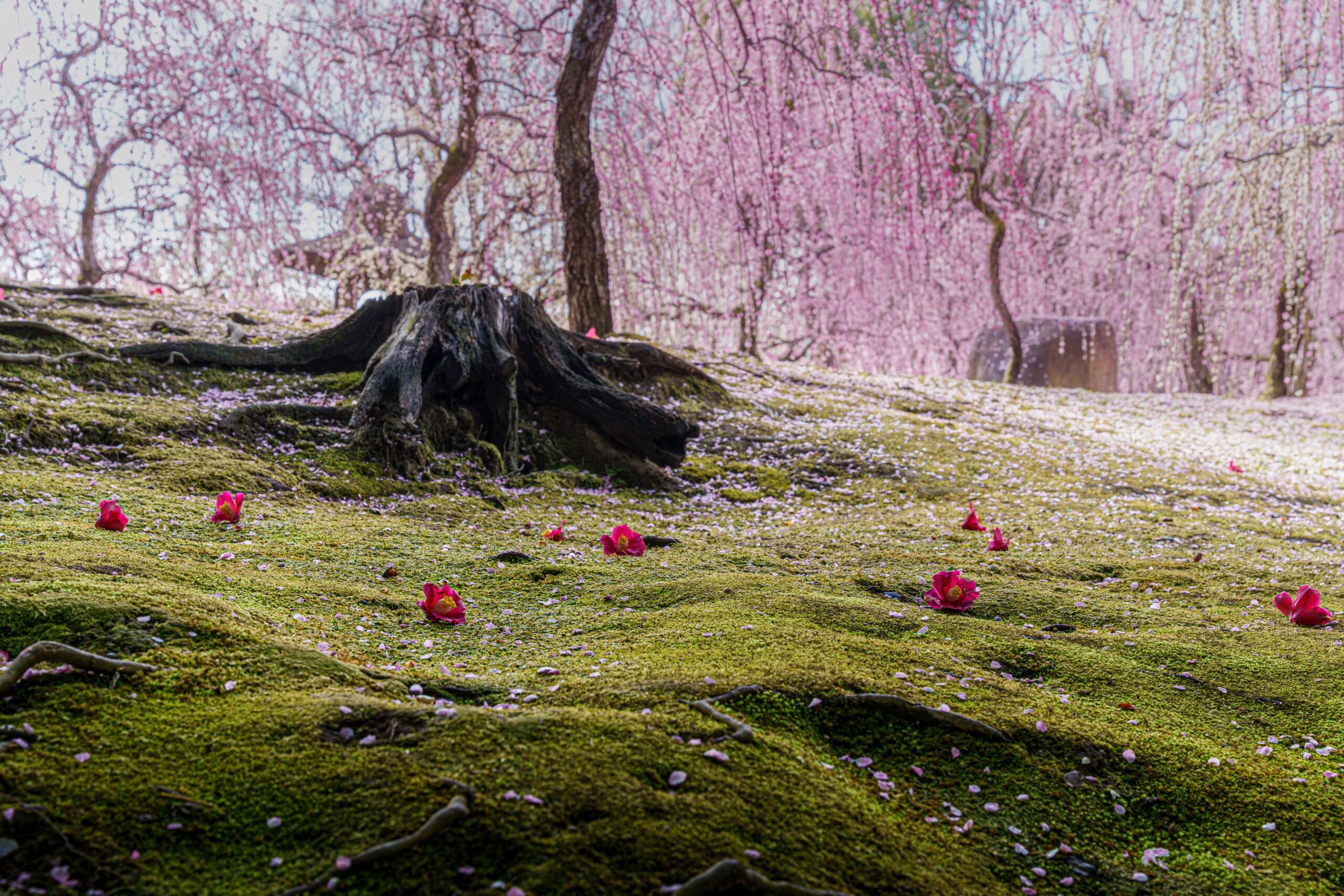
The Jōnangū Shrine is best known for its weeping plum trees and camellias. In fact, a festival is held during February and March to celebrate them! Later in the spring, however, the star of the show here is the wisteria. Japan as a whole turns its attention to this fragrant flower!
This shrine has five different gardens. One of them is landscaped in the style of the Muromachi Period. You’ll find a small but glorious wisteria trellis among azaleas. Both flowers amplify each others beauty for a spectacular view. There is also a koi pond and a picturesque stone bridge in this Kyoto garden, which make for a great place to take photos during your travels. Jōnangū Shrine also tends to be calmer and less-crowded then other temples and gardens in Kyoto, even during some of the busier tourist seasons.
Similar to Saiin Kasuga Jinja Shrine, people come here to pray for safe travels. It’s a 15-minute walk from Takeda Station on the Kyoto City Subway Karasuma Line and there is a small fee to enter.
| Jōnangū Shrine | |
|---|---|
| Japanese Name | 城南宮 |
| Address | 7 Nakajimatobarikyucho, Fushimi Ward, Kyoto, 612-8459 |
| Google Map | https://maps.app.goo.gl/JcxzxdsabvqF1QnS9 |
Ponds are often the centerpieces of Japanese gardens and Ryōan-ji’s garden is no exception. Kyoyochi Pond is one of the most scenic spots on the temple grounds during late spring, largely because of the wisterias. There are not only purple but also white wisterias on the trellis here!
Aside from the pond and wisterias, visitors come to Ryōan-ji for the zen rock garden. It’s one of Kyoto’s best gardens as well as one of the most famous rock gardens in all of Japan, even being designated a UNESCO World Heritage Site. It’s a must-visit if you’re a Japanese garden lover!
Ryōan-ji Temple has a small entrance fee and is a 30-minute bus ride from JR Kyoto Station. We think it’s well worth the trip. We also recommend visiting the Kinkakuji Temple (the Golden Temple) along with Ryōan-ji, as it is an 18 minute walk, or 4 minutes by bus, away.
| Ryōan-ji Temple | |
|---|---|
| Japanese Name | 龍安寺 |
| Address | 13 Ryoanji Goryonoshitacho, Ukyo Ward, Kyoto, 616-8001 |
| Google Map | https://maps.app.goo.gl/VmkfpEmbbeRStjas7 |
Although this last wisteria spot is not in Kyoto City, if you are looking for a day-trip idea during wisteria season, we recommend Sainokami no Fuji Park in Fukuchiyama City!
Fukuchiyama City is in northern Kyoto Prefecture, about an 80 minute train ride from Kyoto City. Fukuchiyama has a rich history of samurais and oni (Japanese demons), and an even richer array of seasonal flowers.
The wisterias are the most spectacular of them all, especially in Sainokami no Fuji Park. It’s believed to have wisterias that are over 1,200 years old! The longevity of the wisteria trellis has earned it a designation as a national monument, given by Kyoto Prefecture.
The wisterias are of a specific variety known as silky wisterias. They’re also said to have a healing effect; the trellis was made to be lower to the ground so that visitors can touch the flowers. Every year in early May, usually on a Sunday, the Sainoshinto Fuji Festival is held among the blossoms.
| Sainokami no Fuji Park | |
|---|---|
| Japanese Name | 才ノ神の藤 |
| Address | Oecho Minamiariji, Fukuchiyama, Kyoto 620-0342 |
| Google Map | https://maps.app.goo.gl/2FeFcfXQ6yhCnF3v5 |
If you’ve already experienced the cherry blossom season in Japan, or are looking for a calmer season to travel to Japan in 2025, we highly recommend wisteria season. One look at the beautiful wisteria flowers in Kyoto City, and you’re sure to become a fan!
Looking for the perfect place to stay during your trip to Japan? MACHIYA INNS & HOTELS offers a collection of beautifully renovated traditional Japanese accommodations in Kyoto, Kanazawa, and Takayama. Each property combines the charm of historic machiya architecture with modern amenities, providing an authentic and comfortable experience.
Choose from private holiday house rentals or boutique hotel rooms, each thoughtfully designed to preserve the unique character of traditional Japanese design while meeting the needs of today’s travelers. Whether you’re exploring ancient temples in Kyoto, sampling fresh seafood in Kanazawa, or wandering the quaint streets of Takayama, our accommodations provide the perfect home base for your adventures.
Discover your ideal stay and start planning your unforgettable journey to Japan. Visit the MACHIYA INNS & HOTELS official website to learn more and book your stay today!
Make your trip a truly local experience, and go where the locals go. If you're wondering where the locals go to eat when hanging out with family, celebrating with friends, stopping by for an after work drink... look no further.
Machiya Locals Website
